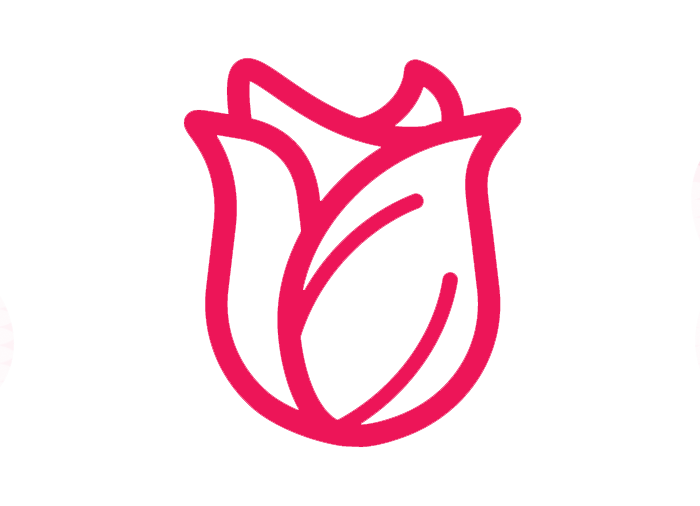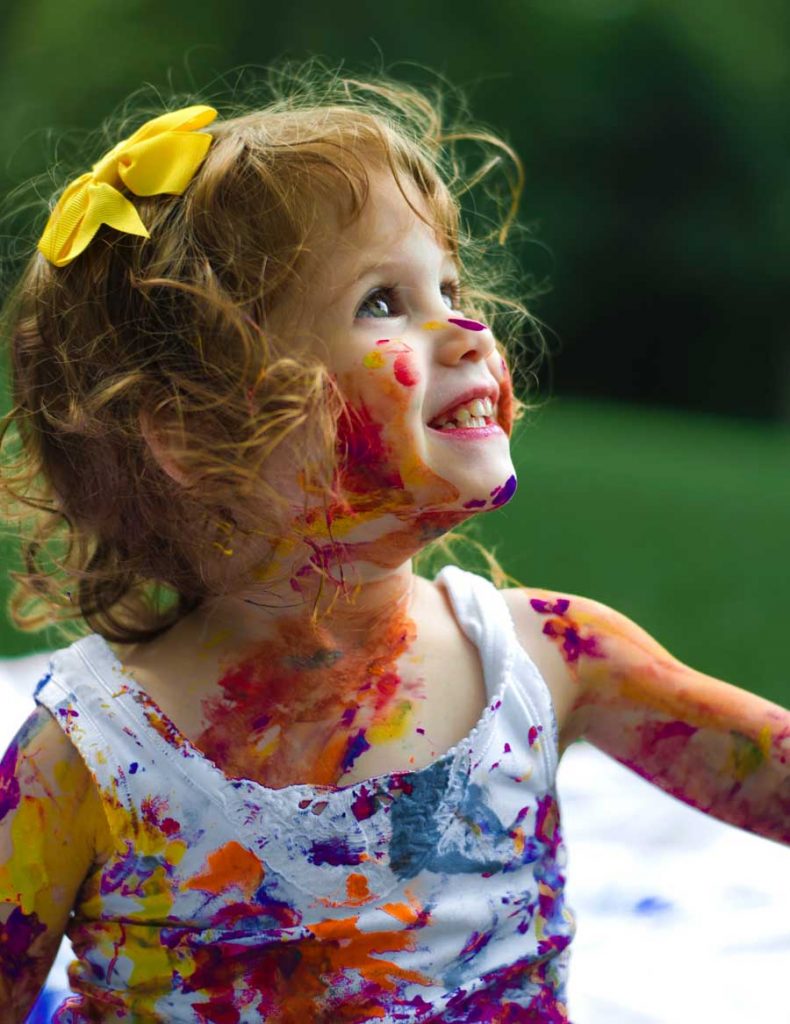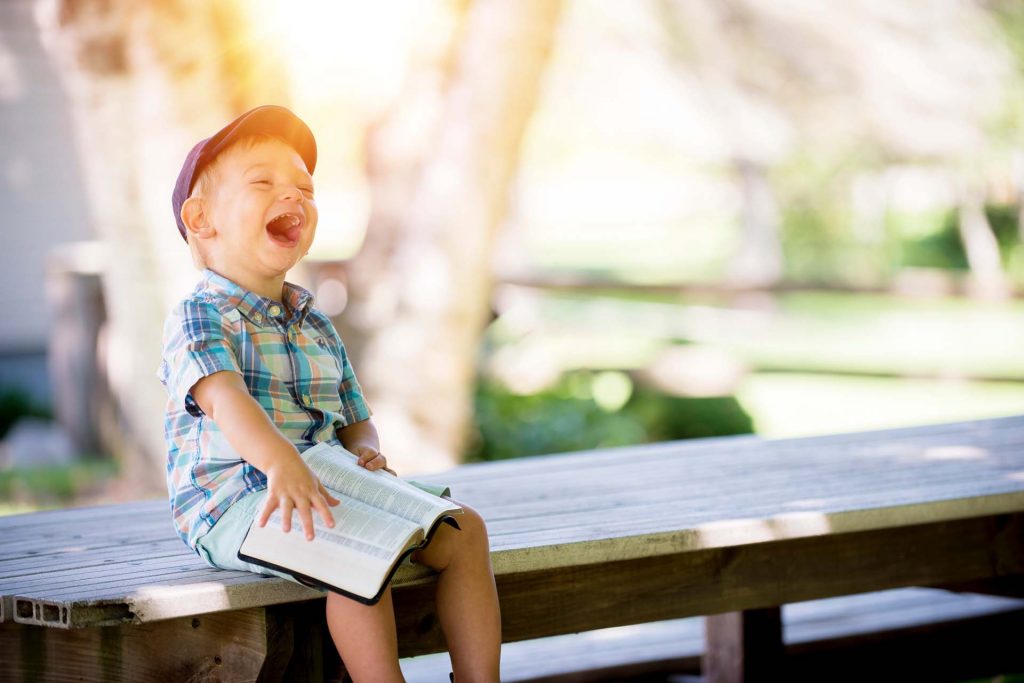
HOME/ REGGIO EMILIA

Reggio Emilia Approach to Learning
Blossom’s approach to learning and education is inspired by the Reggio Emilia Philosophy of Education. The Reggio Emilia Philosophy was founded in Italy in the region of Reggio Emilia by Loris Malaguzzi (educator and child psychologist). Malaguzzi worked alongside with the community to create this new educational system, it was fully established and recognized by the 1970s. This educational philosophy is not strictly taught, nor is there any official certification to obtain in their methods. The philosophy itself is meant to be organic in nature, adapted to the individual and unique needs and specificities of each community that uses it’s guiding principles to inspire teaching and learning, inside and outside of the classroom. What inspires us here in Warsaw, the nature and community around us, the backgrounds of our children and their families, and the culture in which we live, will all look very different from a Reggio inspired preschool in Canada, or Morocco.
“The wider range of possibilities we offer children, the more intense will be their motivations, and the richer their experiences.”
Loris Malaguzzi,Founder of Reggio Emilia
The following are at the core of Reggio Emilia philosophy, we integrate these principles into the foundations of our preschool;
-
Image of the Child
All children are viewed as curious, full of knowledge, potential, and that they are naturally interested in connecting to and understanding the world around them. Teachers treat children with the awareness of this potential and are here to help children to harness this on their own.
- The Hundred Languages of ChildrenChildren have one hundred ways of looking, of being, of creating and understanding. Loris Malaguzzi, founder of the Reggio Approach, describes the “infinite ways that children can express, explore, and connect their thoughts, feelings and imaginings.” At Blossom, we recognize and celebrate this idea that children have 100 Different Languages of learning and expression. We firmly believe that children have an innate curiosity about the world and will be engaged and interested in learning if we present materials in a way that speaks to their different languages. We give children a large variety of ways to express themselves, understanding and appreciating that each child is different, and that they will not all like the same activities. We encourage participation but we do not force, rather we offer alternative ways for children to engage in learning. Each child has their own unique talents and gifts and we aim to help them learn how to harness these special characteristics so they may walk through and experience the world confidently, as problem solvers and creative thinkers aware they are equipped with their own unique set of skills.
-
Role of the Teacher
The image of the child defines the role of the teacher and other adults at the preschool. Teachers are:
Co-constructors of the learning process: They are guides, nurturers, and problem solvers. They are partners with children in terms of curiosity, an openness to learn, and consider hypothesizes along the way
Researchers: They learn and observe. They dig deeper into what children present along the way.
Documenters: The teacher listens, records, displays, and revisits the whole process in the classroom. Children’s work is displayed, but the process of creating the work is also displayed, documented and built upon.
-
Collaboration and Interaction
Collaboration and Interaction are welcomed and encouraged in all aspects. Parents and teachers collaborate together to help realize the potential of the children as well as grow and evolve our school. Children collaborate on work with other children who are both younger and older than them. Teachers and children collaborate to investigate and inquire about the world around them. Everyone is in collaboration with the school environment, the natural world around us, the city, and of course the culture within which we live. All systems are in collaboration and interaction with each other.
-
The Environment as the Third Teacher
Children and adults are both seen as teachers and learners in the Reggio classroom. The environment (of the classroom and the surroundings of the preschool) is considered to be the third teacher. Teachers create deliberate areas for different activities; the spaces are organic and can change as the needs and curiosity of the children shifts focus as they are an excellent way to enrich the child’s experience. The Reggio Emilia classroom is open, and has plenty of comfortable and welcoming spaces. The classroom is rich and aesthetically pleasing without being cluttered. The classroom must offer access to various learning tools for children to explore; at Blossom we fill our classrooms with open ended materials.”The wider range of possibilities we offer children, the more intense will be their motivations, and the richer their experiences.” (Loris Malaguzzi) Open-ended materials are any type of materials or toys that can be used creatively and do not have one specific purpose. Materials such as wooden elements, beads, creative wires, loose stones and gems, things found in nature and recycled items can all be used to inspire in our classrooms. We believe it is important to give children various materials and tools, allowing them to explore, and immerse themselves inside the endless possibilities that exist with these open ended materials and their 100 languages of childhood.
-
Emergent Curriculum and the Power of Documentation
Emergent Curriculum requires that teachers observe and document while also asking questions and listening to children’s ideas and hypotheses. Teachers plan projects and classroom activities based on these observations. Class plans come from teachers’ observation of what children are interested in. Blossom embraces a child-led approach to learning and we use a project-based approach to realize our learning goals. It is important to document the processes that happen in the classroom. Teachers carefully observe children to help plan future classroom inquiry, learn about the children individually and notice what makes them curious. Documentation happens at Blossom using written and picture correspondence with parents, displays of the creative process and the work children produce, as well as daily diary write-ups for each classroom. While teachers observe and document the learning and eagerness that happens, they can follow these observations to inspire upcoming learning opportunities.
We at Blossom, strive to be inspired by this philosophy as much as possible and base our curriculum around these core principles.



